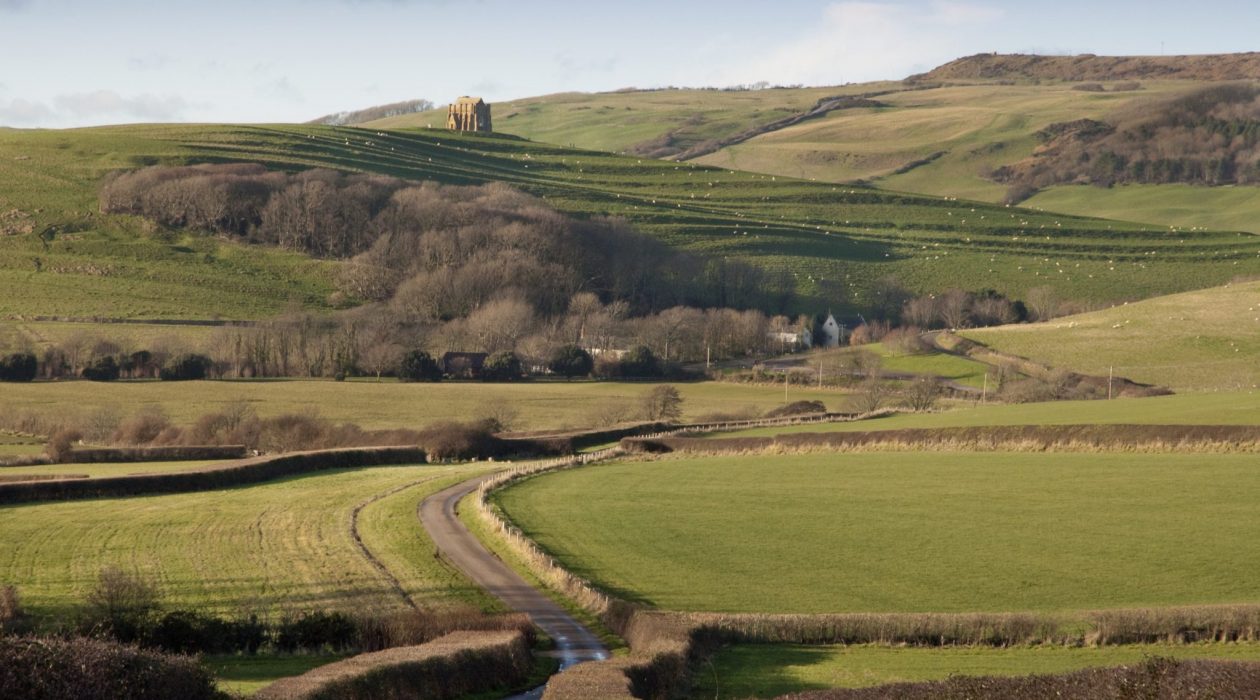Ridge and Vale
The ridge and vale landscape type covers two character areas to the east and west of Weymouth.

The ridge and vale landscape type covers two character areas to the east and west of Weymouth.

The ridge and vale landscape type covers two character areas to the east and west of Weymouth. Backed by the South Dorset Escarpment, these types are characterised by low lying limestone ridges running east to west, with undulating clay vales of mixed farming and nucleated villages. The open coastal character of Weymouth Bay was captured in a famous painting by John Constable.
Landscape change